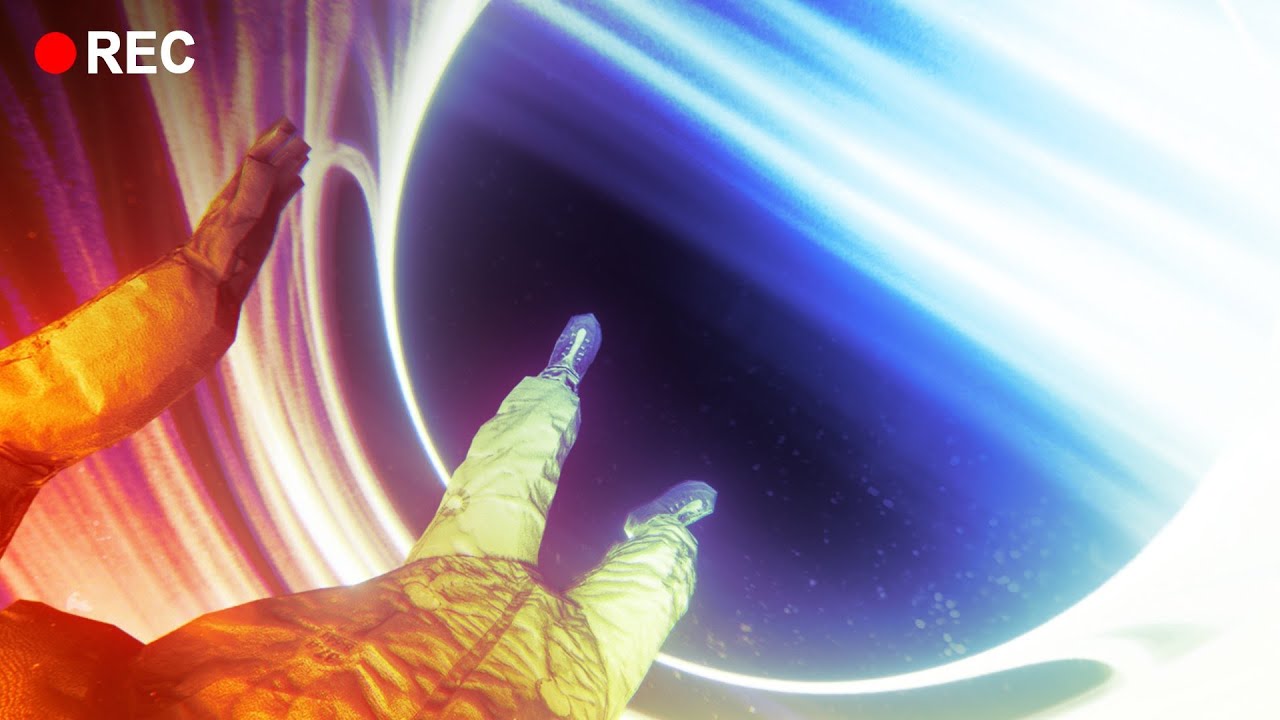12
What does a black hole look like? Which optical effects appear in its surroundings? What do we see when we cross its horizon? All these answers in 15 minutes!
0:00 - Introduction
1:53 - Before the fall
5:17 - Falling through the disc
8:26 - Crossing the horizon
12:42 - Conclusion
This video is narrated by Octave Masson.
For more videos, subscribe to the YouTube channel : https://www.youtube.com/ScienceClicEN
And if you liked this video, you can share it on social networks !
To support me on Patreon : http://www.patreon.com/ScienceClic
or on Tipeee : http://tipeee.com/ScienceClic
Facebook Page : http://facebook.com/ScienceClic
Twitter : http://twitter.com/ScienceClic
Instagram : http://instagram.com/ScienceClic
Alessandro Roussel,
For more info: http://www.alessandroroussel.com/en
_________________________________________________
ScienceClic Français : http://youtube.com/ScienceClic
ScienceClic Español : http://youtube.com/ScienceClicES
_________________________________________________
To learn more :
https://jila.colorado.edu/~ajsh/insidebh/schw.html
https://jila.colorado.edu/~ajsh/insidebh/realistic.html



Also, do you eventually run into the light of the dying star that made the black hole before crossing the horizon? Cause it would’ve never crossed the horizon from your outside pov I think, or does it??? So I guess you’d be vaporized by that radiation if that’s what happens.
Everything that crosses the horizon remains on the horizon in the form of a still afterimage that becomes increasingly redshifted until becoming undetectable.
Some hypotheses suggest that hawking radiation could carry this information back out away from the horizon, but it’s only a theory.
The light of the dying star has already long radiated away from the black hole. Once the star becomes a black hole, there’s no way for all that light that already escaped to just become captured. See this video here to get a short visual explanation, by the same YouTuber.